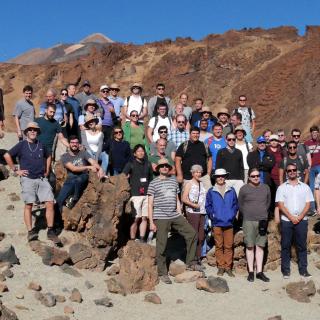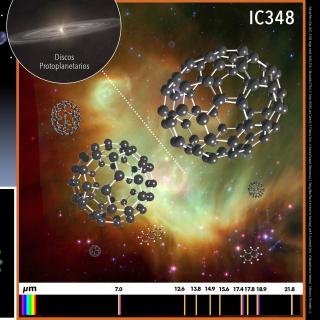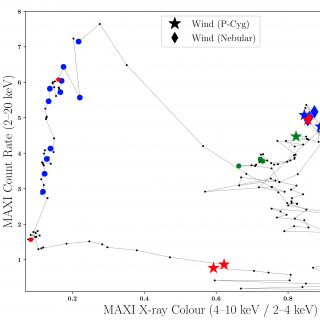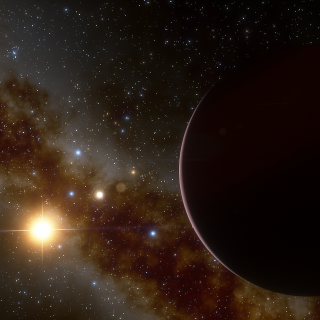
HC2NP2019, the second conference on "Hadronic Contributions to New Physics Searches" organized by the Instituto de Astrofísica de Canarias (IAC) in Puerto de la Cruz brought together, for a week, international experts in particle, nuclear, and atomic physics. At the meeting the latest advances in experimental checks on the "Standard Model of Particle Physics" were discussed, among them dark matter, the origin of flavour structures, and the conservation of charge symmetry in the strong interaction. Maxim Pospelov , of the University of Minnesota and the Perimeter Institute, an expert in
Advertised on




